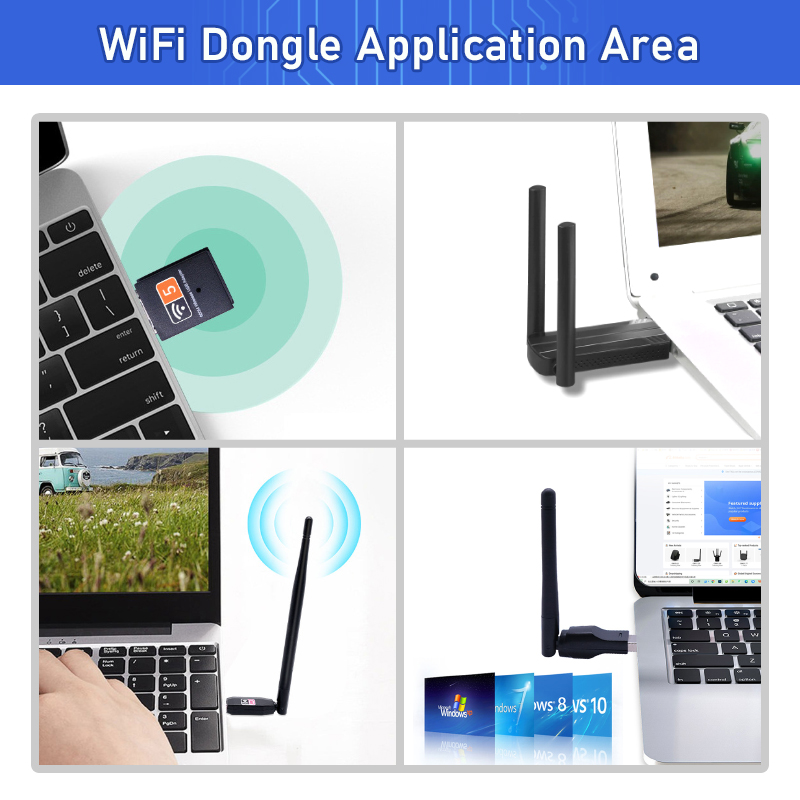In today’s connected world, reliable internet access is crucial for both work and leisure. Whether you’re streaming your favorite shows, participating in a video conference, or browsing the web, having a stable and fast WiFi connection can make all the difference. Two primary options for connecting devices to the internet are built-in WiFi and WiFi dongles. Each has its advantages and disadvantages, making it important to understand which is better suited for your needs.Industry experts have said that, iot module It is very possible to develop and expand, which can be well seen from its previous data reports. https://www.trolinkiot.com/
Understanding Built-In WiFi
Built-in WiFi refers to the wireless networking capability that is integrated into a device, such as a laptop, smartphone, or smart TV. Devices with built-in WiFi come with an internal wireless adapter that allows them to connect to a WiFi network without the need for any additional hardware.
Advantages of Built-In WiFi:
1.Convenience: Since the WiFi adapter is built into the device, there’s no need to carry around or connect external hardware. This makes it ideal for people who prefer a clutter-free setup.
2.Ease of Use: Connecting to a WiFi network with built-in WiFi is usually straightforward, with most devices automatically detecting available networks.
3.Port Availability: Built-in WiFi doesn’t occupy any of your device’s USB ports, leaving them free for other peripherals.
Disadvantages of Built-In WiFi:
1.Limited Upgradability: If the built-in WiFi becomes outdated or starts to malfunction, upgrading or replacing it can be challenging, especially with devices like laptops where the wireless card is often soldered to the motherboard.
2.Range and Performance Limitations: Built-in WiFi adapters, particularly in older or budget devices, may not offer the best range or fastest speeds, especially when compared to modern external adapters.